insulation roof rafter channels
Hi everyone. I either saw in FHM or on a tv dyi show a semi-rigid plastic product that is stapled on the underside of the roof shealthing between the rafters that creates an air space channel from the soffet vent to the ridge vent. The product is about 16″ wide, 1″ deep and curls up on the sides. The product allows you to then place your insulation batts tight to the ceiling without worring about blocking the soffit to ridge vent air flow. If anyone knows what I am talking about and has a resource, I would be indebted to you. Thanks to everyone for making this a great forum in which to get help.
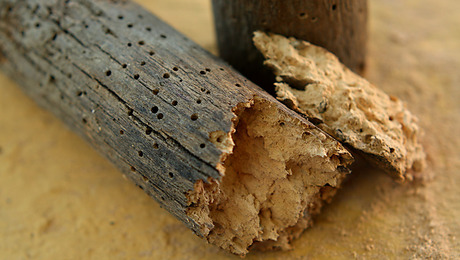
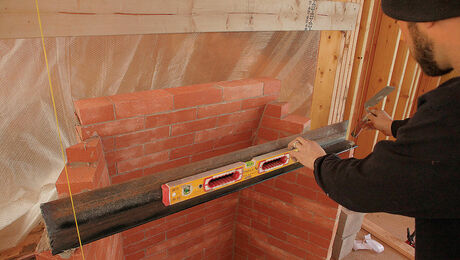










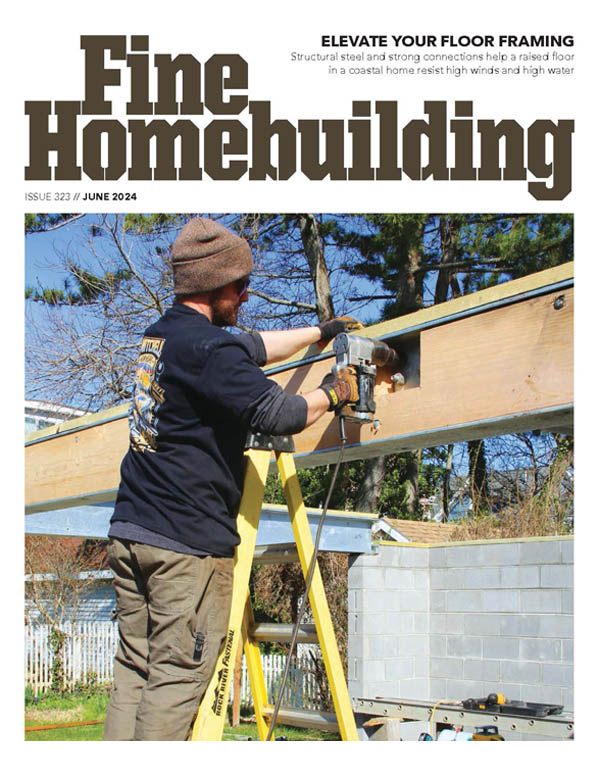

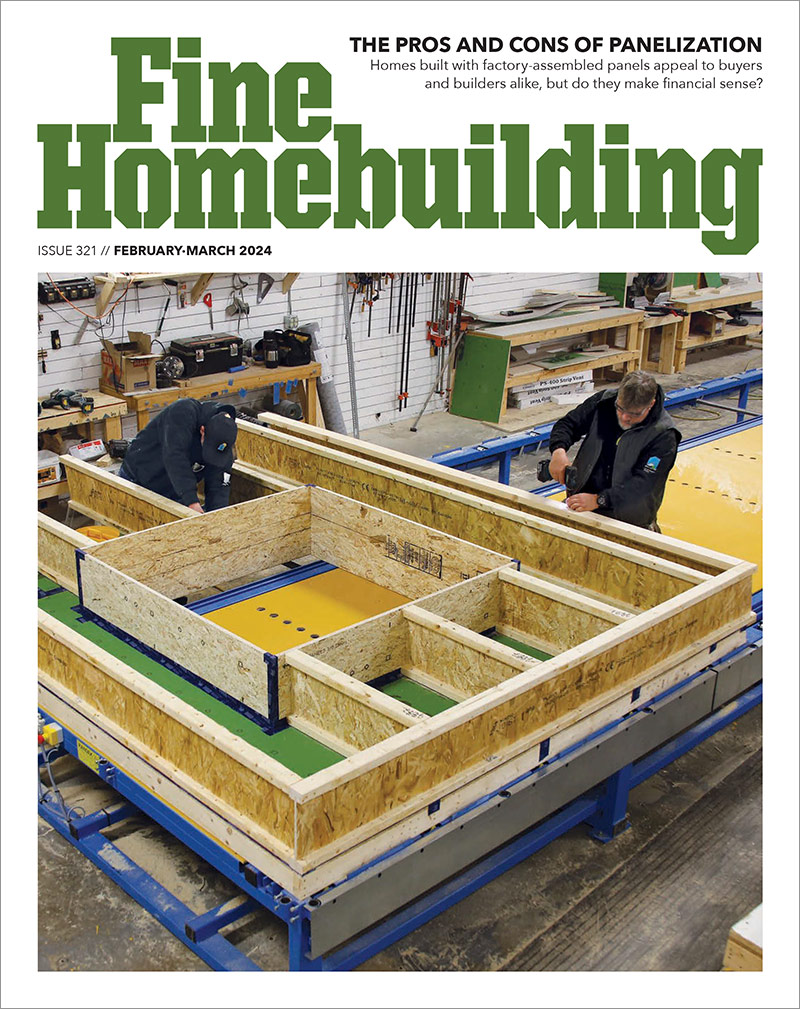

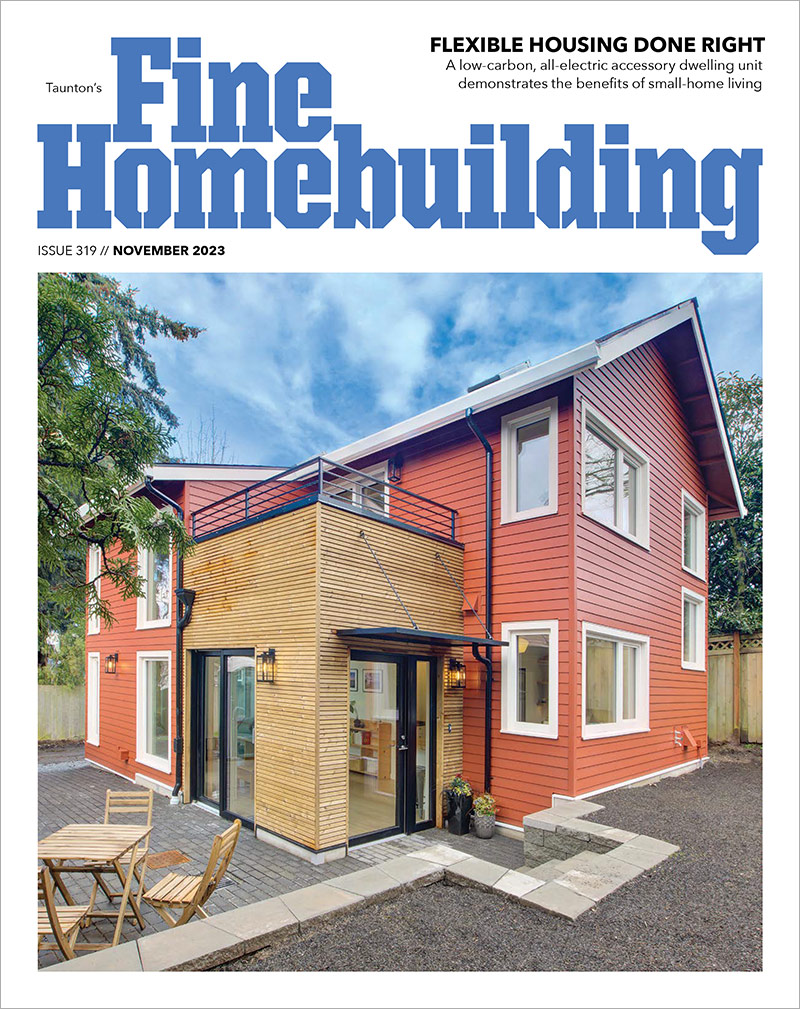

Replies
They're called air chutes or wind tunnels. The big boxes have them on the shelf by the insulation.
http://grantlogan.net/
The thin polystyrene insulation baffles go by the name Propavent. I'm sure there's other trade names as well. Beware, though, that they're thin and easily broken or compressed and don't cover the entire rafter bay for full flow ventilation to prevent ice dams.
There are also coated cardboard units on the market. But I always make my own by putting 1" nailing strips on the sides of the rafters and cutting 1/4" MDF to fit between the rafters.
Make sure you have continuous soffit vents to provide inflow and high vents, preferably continuous ridge vents, to provide an exit path. The ridge vents should have a wind baffle on the leading edge to prefent infiltration of rain and snow and reversal of the airflow.
View Image
Solar & Super-Insulated Healthy Homes
Thank you so much for the information. It is exactly what I was looking for. I live in Southern California and while we don't have ice dam problems and a small amount of rain (except for the last 3 days). My home rebuild/remodel calls for soffit vents about every other bay with a gap to be left between the insulation in the roof stud bay and the roof sheathing. I was concerned that the insulation installers would cram the insulation up against the sheathing and not leave the gap that is spec'd out. My architect/draftsman did not spec or note a ridge vent (i.e. cor-vent product). I have not seen ridge vents used on homes in this area; however, if you have a soffit vent and an airflow channel, I would assume the air has to exit somewhere after it travels up the wall or maybe it just needs to dump into the attic. Any thoughts? Also, would you have a product name or website for the ridge vent wind baffle product you referred to as well as the propavent?
Thanks again for all your help. I am general contracting my own home rebuild/remodel and I am finding the FineHomebuilding community very helpful. Have a nice day.
Lance
Roof venting serves three vital purposes:
in summer, eliminates radiant heat gain and excess AC loads
eliminates any moisture that escapes into the attic
in cold climates, keeps the roof cold in winter to prevent ice dams
But for roof venting to be effective it requires:
continuous soffit vents (intake)
clear ventilation pathway (insulation baffles)
continuous ridge vent with wind baffles (exhaust)
Air will not enter the soffits if it has no to exit, and without continuous venting low and high there won't be the roof washing effect required to strip away excess heat in summer or keep the entire roof surface cold in winter.
Gable vents are ineffective, even in combination with soffit vents, and are dependent on wind direction. And most shingle-over ridge vents (like the infamous CoraVent) are next to worthless. Many don't have sufficient net free vent area at least equal to the net vent area at the soffits. And almost none have the wind baffle to prevent backdrafting and infiltration of windborn rain and snow.
You'll have to check what's available in your area for insulation baffles - any lumberyard should carry them. For ridge vents, the only two I know of that are worth using are Shingle Vent II by Air Vent and OmniVent by Lomanco.
View Image
Air Vent Shingle Vent II
View Image
Lomanco OmniVentRiversong HouseWright
Design * * Build * * Renovate * * ConsultSolar & Super-Insulated Healthy Homes
the only two I know of that are worth using are Shingle Vent II by Air Vent
I agree that ridge venting is the superior method for a gable roof, but not all roofs are gables. Lately, I'm faced with hip roofs that don't have enough ridge for proper outlet, so I've been going back to the old Lomanco 750's more and more.
As far as Shingle Vent II, that's the only brand vent I've had blown snow problems with. My favorite for simplicity and appearance is Cobravent. http://grantlogan.net/
"Because I really want to live in a country where the poor people are fat. "- Unidentified Indian Immigrant when asked why he wants to come to America
As far as Shingle Vent II, that's the only brand vent I've had blown snow problems with. My favorite for simplicity and appearance is Cobravent.
Cobravent, Coravent and others sell well because of their simplicity. But I was handed an extensive 3rd party analysis of the full spectrum of ridge vents available at the time (20 years ago) and the only ridge vent then available (including aluminum, and plastic or composite shingle-overs) was the Air Vent aluminum (which quickly went out of favor because everyone went to shingle-overs).
While I haven't seen any evaluation of the shingle-over versions with air deflectors, I've been sold on that design because the exit velocity increases when the wind blows instead of reversing the flow as all others would do.
Try the Lomanco OR-4 OmniRidge. It has a better deflector and internal baffling system than the Air Vent Shingle Vent II.Riversong HouseWright
Design * * Build * * Renovate * * ConsultSolar & Super-Insulated Healthy Homes
Are evnen ridge vents any good in teh winter? You put three or four inches of snow over the ridge let alone 3 feet and what good is the ridge vent?
You put three or four inches of snow over the ridge let alone 3 feet and what good is the ridge vent?
Try NOT having good roof ventilation in winter and you'll have the answer to your question.
Snow breathes, at least until it glazes over. And, if there's enough heat loss into the attic to cause snow melt and ice dam problems, then that heated air will keep the ridge vent open.Riversong HouseWright
Design * * Build * * Renovate * * ConsultSolar & Super-Insulated Healthy Homes
Add to that the fact that it's very rare for the ridge to get covered. Any wind at all will keep the ridge clear, even though the rest of the roof is a couple of feet deep.
If your view never changes you're following the wrong leader
DAnH, what universe do you live in? My house has two feet of solid snow, eave to ridge to eave. There ani't no gap at the ridge. It has can vents and there are no gaps i the snow around them either. No ice dams. IT looks like the soffit vent are enough. I do get a few iciles but no dams.
where do you live? I live in the part of NY that averages100+ inchs of snow a year. I have never seen the ridge vent covered on any house for more than a day or two, The WIND blowes it clear, not the heat from inside,
In the Rockies. Temperatures tend to hit 32ish frequently and the snow therefore gets dampish. IT don't move. Even with a metal roof the two feet has not slid in a week or so. The ridge is solidly under the snow.
what's your approach to venting more complicated roof lines? hips, etc.
thanks,Nick
But is that not hte point? If you have enough heat to melt the snow to open the ridge vent then you have enough heat to create ice dams. Can you win?
If you have enough heat to melt the snow to open the ridge vent then you have enough heat to create ice dams. Can you win?
As long as the vent system continues to move air (and moisture and heat), then the roof surface should stay cool enough to prevent ice dams.
My point was that the more heat loss into the attic, the more likely that the ridge vent will remain clear of snow and keep a good velocity of air moving. It's sort of a self-regulating system.
Riversong HouseWright
Design * * Build * * Renovate * * ConsultSolar & Super-Insulated Healthy Homes
You need either ridge vents or several (about one per 10 feet) individual mushroom style vents at/near the peak to complete the ventillation system started with the soffit vents.Total ventillation area (ridge plus soffit) should be about one square inch for every 1-2 square feet of roof area, roughly equally divided between ridge and soffit.Gable end vents are not an adequate replacement for ridge/rooftop vents. And power vents or "turbines" have a limited lifetime (3-5 years) and generally do no better than good static vents.
If your view never changes you're following the wrong leader